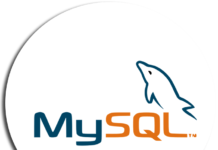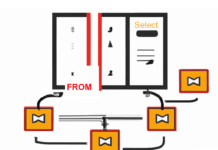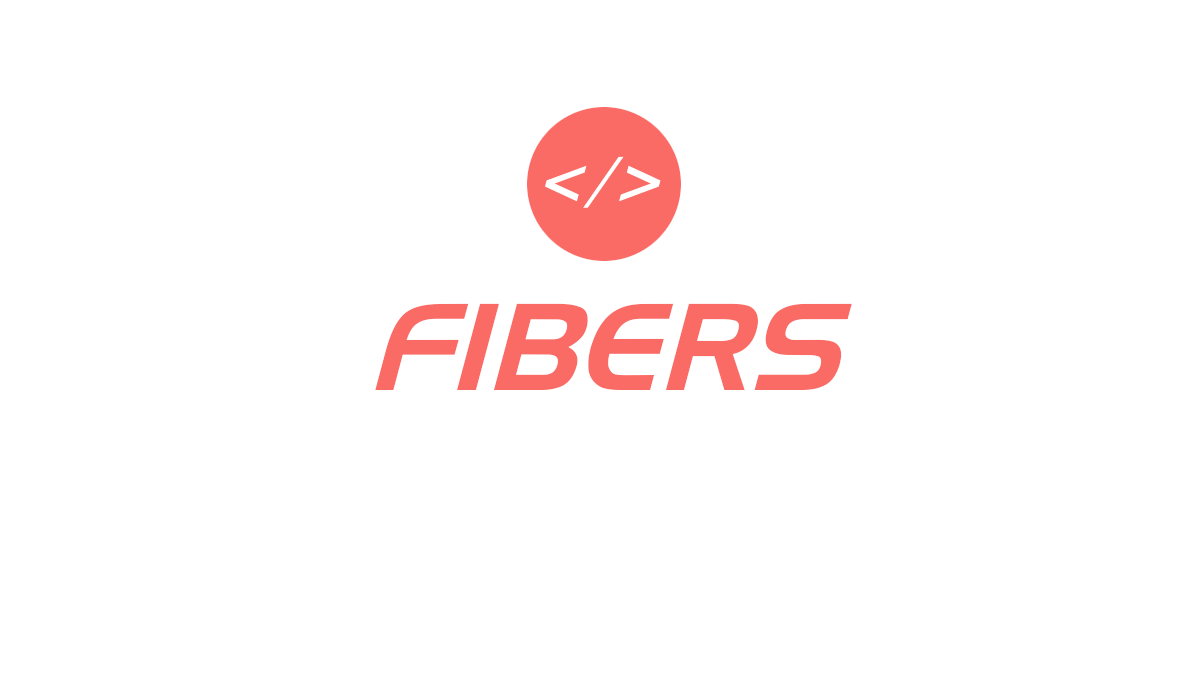Daniel Stenberg announced in a blog post HTTP/3, not another transport protocol, but the new official name of the HTTP-over-QUIC protocol which was originally created by Google in 2012. The new change triggered by Mark Nottingham in a discussion in the IETF mailing list.
The QUIC Working Group in the IETF works on creating the QUIC transport protocol. QUIC is a TCP replacement done over UDP. Originally, QUIC was started as an effort by Google and then more of a “HTTP/2-encrypted-over-UDP” protocol.
When the work took off in the IETF to standardize the protocol, it was split up in two layers: the transport and the HTTP parts. The idea being that this transport protocol can be used to transfer other data too and its not just done explicitly for HTTP or HTTP-like protocols. But the name was still QUIC.
In June 2015, an Internet Draft of a specification for QUIC was submitted to the IETF for standardization. QUIC working group was established in 2016. The QUIC working group foresees multipath support and optional forward error correction (FEC) as the next step.
The working group also focuses on network management issues that QUIC may introduce, aiming to produce an applicability and manageability statement in parallel to the actual protocol work. Internet statistics in 2018 suggest that QUIC is supported by approximately 0.8 percent of web servers.

On November 7, 2018 Dmitri of Litespeed announced that they and Facebook had successfully done the first interop ever between two HTTP/3 implementations. Mike Bihop’s follow-up presentation in the HTTPbis session on the topic can be seen here. The consensus in the end of that meeting said the new name is HTTP/3!
No more confusion. HTTP/3 is the coming new HTTP version that uses QUIC for transport!






























